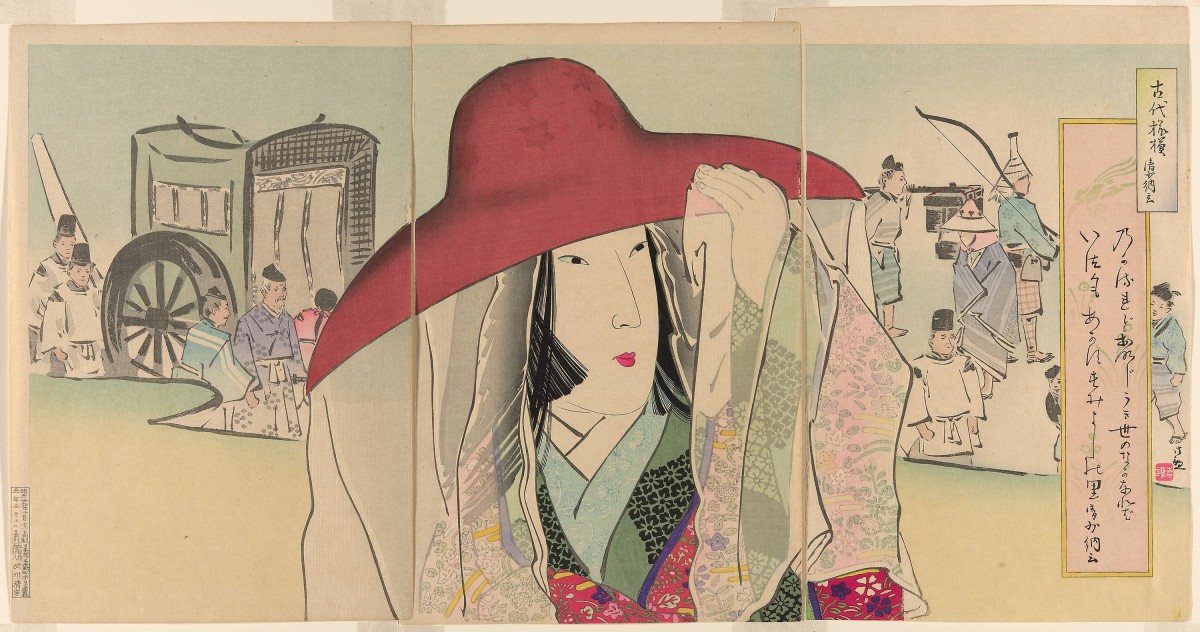As we wind up our year honoring Japan's women writers, where better to end than where it began?
The two greatest works of literature in Japan's Heian Period (794-1185) were both penned by women: "The Pillow Book" by Sei Shonagon and "The Tale of Genji" by Murasaki Shikibu. No Japanese literary education is complete without considering these two works, and there are various English translations for both.
"The Pillow Book" retains a modern freshness, despite being written over 1,000 years ago, partly because it appeals to the modern trend of narrative voyeurism. It's a behind-the-scenes peek into the life of a Heian court lady-in-waiting, Shonagon. Like reality TV or modern vloggers, she's the star of her own life. Her humorous jottings, acerbic wit and deft descriptions of the court capture a unique time and place alongside the universality of personal human experience.


















With your current subscription plan you can comment on stories. However, before writing your first comment, please create a display name in the Profile section of your subscriber account page.